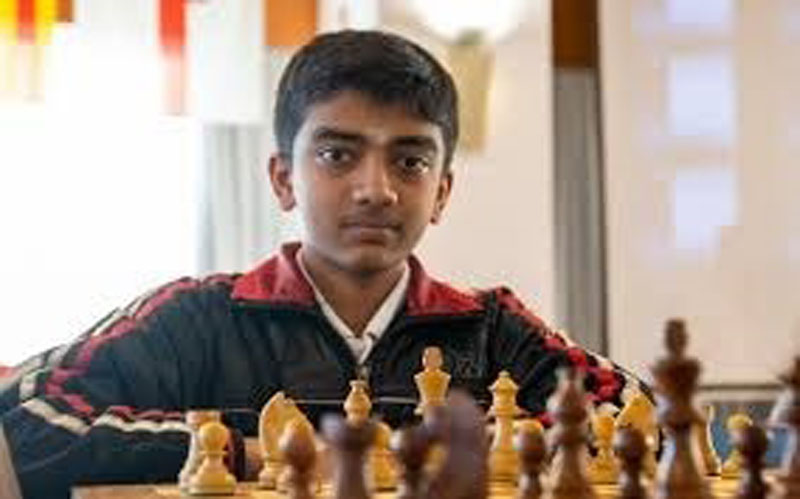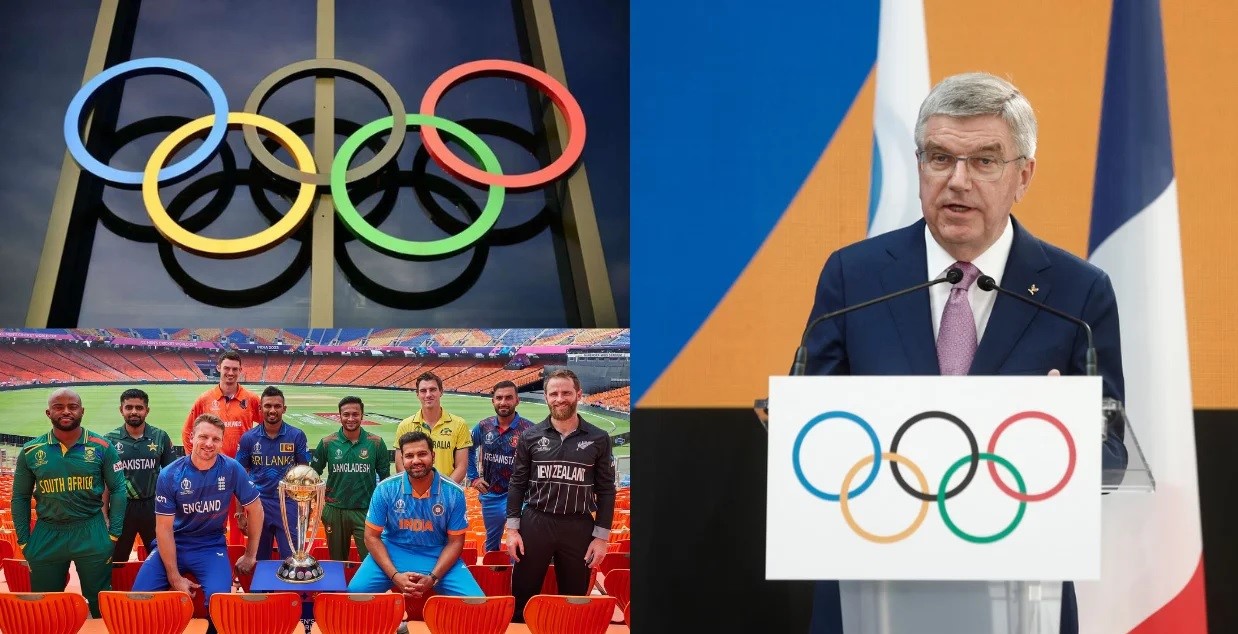
Even throughout the three-week competition, where he had to compete twice against the majority of the world’s top chess players, Gukesh hadn’t experienced as much stress.
Following his draw with Hikaru Nakamura in the Candidates chess tournament final round at Toronto’s Great Hall, he chose to go for a walk with his second (sparring partner), Grzegorz Gajewski, while keeping an eye on the game being played between Ian Nepomniachtchi and Fabiano Caruana.
Even during the three-week competition, where he had to play twice against the majority of the world’s top chess players, he hadn’t experienced this much tension.
But Gukesh was in no position to respond. The match between Fabiano Caruana, the top seed, and Nepomniachtchi, the winner of the previous two tournaments, had to provide that explanation. A tie would be the best possible outcome.
However, it didn’t appear to be a draw.
It looked like Caruana was going to win, therefore Gukesh would have to play a tie-breaker the next day. In the event of a draw, Nakamura, the second seed, and Nepominiachtchi and Caruana would both still be on 8.5 points. With nine points, Gukesh would therefore be the clear winner and tiebreakers would not be needed.
Gukesh achieved his goals and gained the support of a billion-strong nation that is growing more and more enthralled with the mind game.
Striking He broke the record set by the legendary Russian chess player Garry Kasparov in 1984, when he was 20, to become the youngest-ever contender for the World Chess Championship at the age of 17.
Also read: Chess World Cup 2023: Magnus Carlsen achieves victory against R Pragganandha


His father, Dr. Rajinikanth, an ENT specialist who must plan his procedures around Gukesh’s tournament schedule, imparted the news to him. He stopped walking and ran to his son. In Toronto, the physician accomplished what Gukesh’s seven competitors were unable to.
They rated five of them higher than him. Not that he was the best-rated Indian. That was R. Praggnanandhaa, a fellow Chennaiite who was nine months older.
Gukesh wasn’t the most popular. Nepomniachtchi, Nakamura, and Caruana were.
He astonished a lot of people, including Magnus Carlsen. The Norwegian five-time world champion, who left the World championship cycle due to a lack of enthusiasm, had projected the performances of each of the eight players in the Candidates.
He had determined that Caruana and Nakamura were the most likely winners, then Nepomniachtchi. His assessment of Gukesh: “It is impossible for him to win the Candidates.” He’s not quite ready to take the risk just yet.
Carlsen was not alone in his belief. It was only at the last minute that he became eligible for the Candidates. It required him to compete in a Super Grandmaster event held especially for that reason in Chennai in December.
It’s possible that those who had been closely monitoring Gukesh’s career weren’t quite shocked by his victory. He had produced an amazing display at the Chennai Chess Olympiad two years prior, winning his first eight games for India-2 on the top board in a row.
It is thought to be among the best chess tournament performances ever. Someone may very well deliver in a more difficult event when he became older and stronger if he could play so well at the age of fifteen.
It is intriguing to consider the extent of his potential strength. He should remain among the best players in the world for a very long time given his extraordinary talent, maturity, and ability to make the right decisions. His last round match against Alireza Firouzja in Toronto is an example of this, as he avoided a draw and went for a win.
He might soon start getting ready for his World title fight with Ding Liren. Few would bet on him breaking more records and becoming the youngest chess champion in history.





















































































































































































































































































































































































































































































































































































































































































































































































